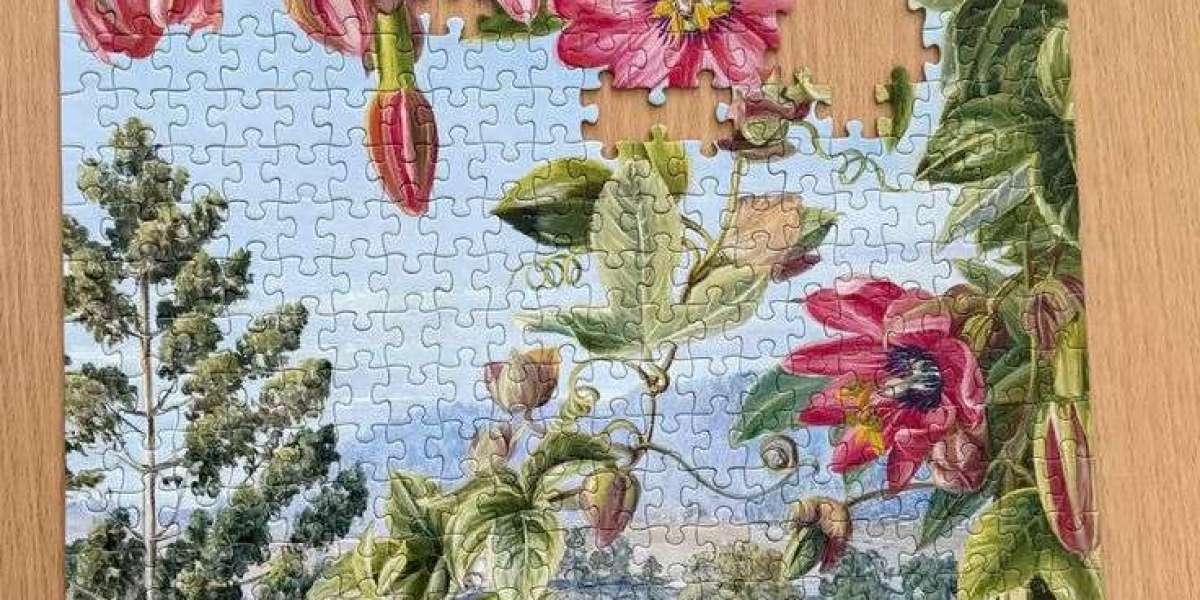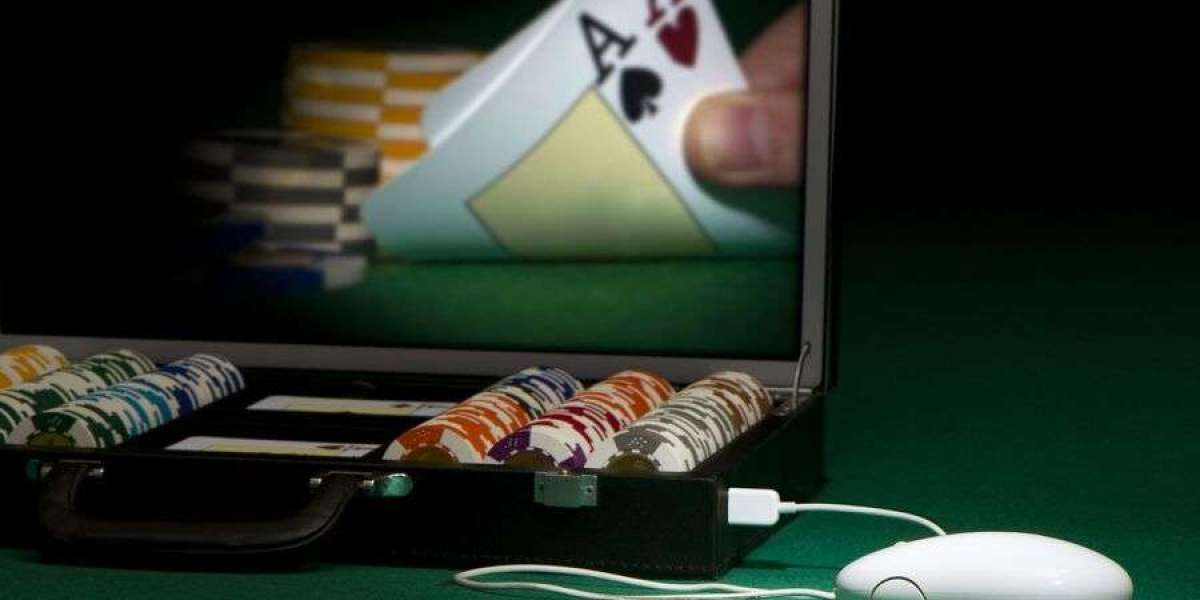The Origins of Magic Puzzles
Magic puzzles have roots that go back centuries. Ancient civilizations like the Egyptians and Chinese crafted mechanical puzzles that required both wit and dexterity. For example, the Chinese Lu Ban Lock, a predecessor to the modern interlocking puzzle, was designed to challenge carpenters and scholars alike. Over time, magicians began incorporating puzzle elements into their performances, making the concept of “magic” puzzles a form of interactive entertainment.
Types of Magic Puzzles
Magic puzzles can be classified into several categories, each offering its own style of intrigue:
Mechanical Magic Puzzles
These involve physical manipulation to solve a hidden trick. Examples include secret-opening boxes, sliding-piece puzzles, and complex locks that require specific sequences.Optical Illusion Puzzles
These puzzles play tricks on your eyes and brain, such as images that seem to move, impossible shapes, or hidden objects that appear only under certain conditions.Transformative Puzzles
These change form as you interact with them. A puzzle box might open to reveal a smaller puzzle, or pieces may rearrange to create an entirely different image.Story-Based Magic Puzzles
Here, a narrative is woven into the puzzle itself. Clues are hidden in the storyline, and solving the puzzle often reveals a magical twist.
Why People Love Magic Puzzles
The appeal of magic puzzles lies in the balance between challenge and reward. Unlike standard puzzles, which might only engage the analytical side of your brain, magic puzzles often demand creativity, observation, and a willingness to think outside the box—literally and figuratively.
They evoke curiosity – The "magic" element creates anticipation and excitement.
They provide a multi-sensory experience – Involving touch, sight, and sometimes even sound.
They can be social – Perfect for gatherings, encouraging teamwork and conversation.
Educational Benefits of Magic Puzzles
Magic puzzles are not just for entertainment—they also have cognitive benefits:
Critical Thinking – They require careful analysis of mechanics or patterns.
Memory Enhancement – Solving complex steps boosts memory retention.
Creative Problem-Solving – Many puzzles require thinking beyond standard logic.
Patience and Persistence – The magical reveal often takes time to achieve.
Tips for Solving Magic Puzzles
If you’re new to magic puzzles, here are some strategies:
Observe before acting – Look for subtle details that may hint at the mechanism.
Experiment gently – Mechanical puzzles can be delicate; avoid forcing movements.
Think in reverse – Sometimes imagining the solution can help you work backward.
Collaborate – A fresh perspective can reveal something you’ve missed.
Conclusion
Magic puzzles blend the intrigue of illusion with the challenge of logic. They remind us that problem-solving can be just as much about creativity as it is about intelligence. Whether used as a brain-training tool, a conversation starter, or a magical surprise, they remain a timeless form of entertainment.








